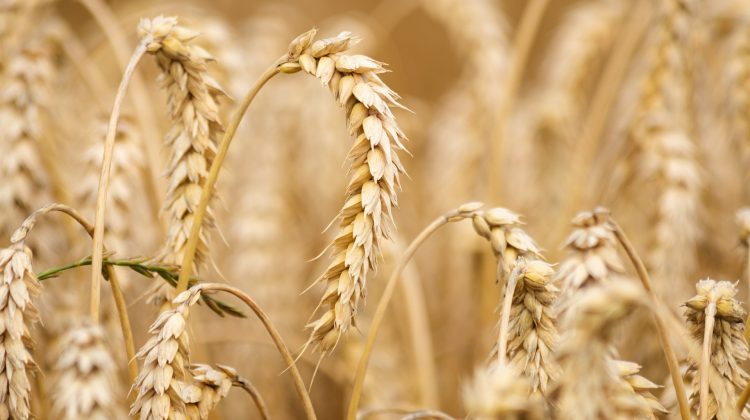
Urbanization and Grain Production Pattern of China
The flow and reallocation of agricultural production factors induced by urbanization play an important role in the changes of the grain production pattern (GPP). Using provincial panel data from 1996 to 2018 in China as the research sample, the center of gravity transfer–standard deviation ellipse model was applied to understand the change characteristics of GPP. Next, a dynamic spatial panel econometric model was established to test the impact of urbanization on GPP, and a spatial mediated effect model was used to identify the mediated transmission paths played by cropland utilization, planting structure adjustment, and agricultural technology progress in this impact process. The main conclusions showed that the grain production COG of China transferred to the northeast, gradually resulting in a spatial pattern from the northeast to the southwest; the urbanization process has a significant negative impact on the GPP, with each unit increase in urbanization resulting in a 0.30% decrease in the grain production concentration index; cropland utilization, planting structural adjustment, and agricultural technology progress play significant mediating roles in the impact of urbanization on the GPP, and their mediating effects can weaken the direct negative impact of urbanization, among which the mediating effect of planting structure adjustment is the highest (13.9%). The study findings provide a new perspective for further understanding the relationship between urbanization and grain production pattern and also provide theoretical references and practical insights for improving the allocation efficiency of agricultural production factors and formulating scientific regional planning policies for grain production in the high-quality transformation of urbanization.
Download here
Authors: Hua Huang, Mengyang Hou 3, Shunbo Yao
Academic Editor: Martin Caraher
